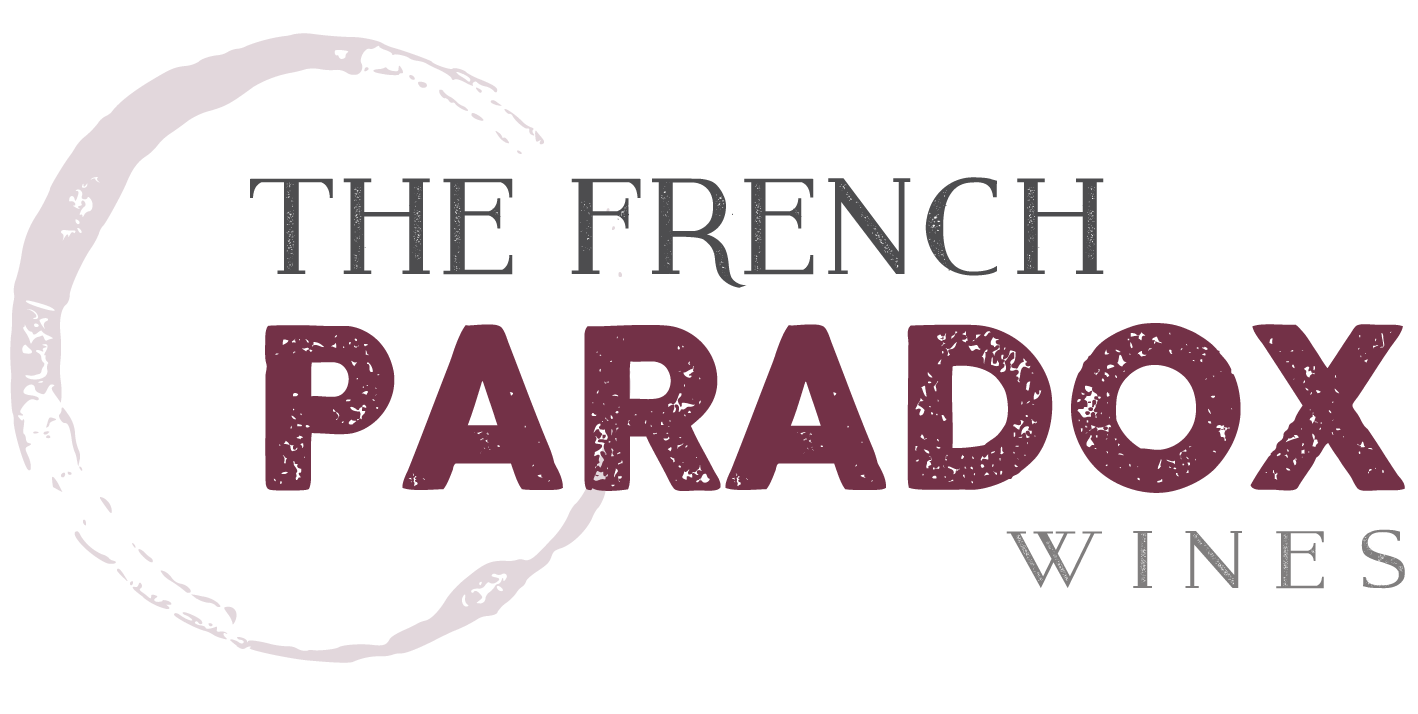“I drink it when I’m happy and when I’m sad.
Sometimes I drink it when I’m alone.
When I have company I consider it obligatory.
I trifle with it if I’m not hungry and drink it when I am.
Otherwise, I never touch it – unless I’m thirsty.”
~ Lilly Bollinger
1. Acidity: We squirt lemon on our fish not just because we like the taste of lemon, but also because the citric acid makes us salivate and wakes up our taste buds. For this same reason the bright acidity in Champagne makes it perfect for oysters and other shellfish, double or triple cream cheese, goat cheese, vegetables, and rich sauces.
2. Sugar: Most Champagnes are topped off after ‘disgorgement’ with a small amount of still wine (‘liqueur de dosage’) that has some amount of sugar added to it. The sugar, which serves to balance the acidity of the wine also adds texture and viscosity to the wine; it makes the wine feel bigger in your moth. Bigger, more viscous wines pair better with bigger, more heavily flavored foods. Additionally, the dash of sweetness makes Champagne work very well with spicy foods as it tamps down the heat slightly.
3. Bubbles: The delicate bubbles ‘scrub’ your palate, refreshing it and making that next bite just as delicious as the previous. Its also why Champagne and salty foods work so well together (popcorn and potato chips are outstanding matches for Champagne).
